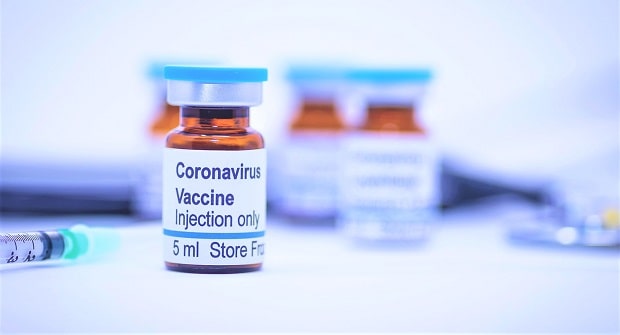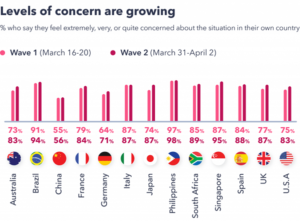
The first wave of Coronavirus has been like a tsunami. It has taken us by surprise and it has been devastating. The stupor and tragedy have lasted 4-6 weeks and then have left feelings of helplessness and fear.
In Spain, about 250,000 confirmed cases and 25,000 deaths have been reported. Given the limited availability of diagnostic tests for a long time, it is estimated that the actual figures should be much more.
In New York, where the outbreak of cases came two weeks behind Madrid, a preliminary survey of a representative sample of 3,000 citizens has found that 14% of New Yorkers had antibodies.
That means that one in 7 citizens had already passed it, many of them asymptomatic. This figure was 22% in Manhattan, where collapse situations in hospitals similar to those of Madrid were experienced.
After long confinement, the de-escalation is about to start. Although it is foreseeable that it will be accompanied by a second wave of COVID-19, it will never have the virulence of the first. It will be much less intense and longer.
Back to work? Sooner than later
Home confinement and physical isolation have proven to be highly effective measures in reducing the rate of infection. But they cannot last beyond 4-6 weeks. Especially for the economic, mental, and social consequences.
This implies that the acceleration of the return to work seems inevitable, among other things due to the economic urgency in many families. The reopening of schools also seems foreseeable in the coming weeks, given that many parents would not be able to go to work without someone to take care of their school-age children.
Furthermore, Coronavirus is asymptomatic or has few manifestations in most children and young people.
In this de-escalation, antibody tests can help identify those with immunity and can safely return. However, in many work sectors, more than 80% of employees will continue to be negative for the antibodies and will continue to be susceptible to infection.
Some groups are different, such as healthcare personnel, where more than 30% could have already been exposed to many large cities, such as Madrid and Barcelona.
With these figures on the table, it seems that the antibody test would be of little help at this time since many will continue to be susceptible and at risk of contagion. What alternatives do we have then to prioritize a return to work without risks? Basically two: age and the presence of other chronic diseases (diabetes, obesity, kidney, heart or lung diseases, etc.).

Those over 60 years old or with these other pathologies should be the last to rejoin companies because they are those who are at greater risk of suffering serious forms of Coronavirus.
These criteria were already proven effective at the beginning of the epidemic to prioritize the staggered closure of companies, with stratification of employees in essentials (few), on-demand, rotating, and directly at home with telework.
In all cases, companies must ensure that the new protection measures (masks, frequent hand washing, etc.), the interpersonal distance of 1.5 meters at work stations, and suspension of meetings in closed rooms are complied with.
Back to vacation? Later than soon
Regarding vacation, on the contrary, everything points to the fear of a second wave of cases and a rebound of the COVID-19 will slow down the shows, the mass celebrations, the congresses, the popular celebrations, the opening of restaurants, the displacements, national and, above all, international travel.
For Spaniards, accustomed to “closing” in August, it is foreseeable that the distribution of vacations will adopt a more Anglo-Saxon model, with shorter periods distributed throughout the year and at different times each family.
The second wave of COVID-19, which, predictably, will accompany the exit from home confinement, will not have the virulence of the first wave of the tsunami. The health services are now more prepared and the new cases will be better attended, without collapses in the emergency room, with more hospital beds and intensive care beds.
In addition, many doctors and nurses are now available again, after overcoming illness and/or quarantine. There is another favorable factor and it is the drastic drop in the number of active cases that can be a source of infection since Coronavirus is a disease that generally self-limits in 7-10 days.
Coronavirus may go down, but the risk of new pandemics
We enter a new post-COVID-19 era. The high population density in some regions of the planet, the poor personal and social hygiene, together with the close coexistence with domestic and wild animals in China and other countries, are the three main determining factors of future zoonoses. They are the breeding ground for a virus to “jump” from the animal reservoir to humans and cause another pandemic like the one we are suffering from.
In this 21st century, we already had warnings in 2002 (SARS) and in 2012 (MERS). The new coronavirus, called SARS-CoV-2, is much more transmissible, and also even during the incubation phase before symptoms develop. And although its lethality is less, it can affect the entire population, since there is no previous immunity.
The tragic number of lives lost in two months has been more the result of inadequate medical care than high virus virulence. The best hope is to put it in a protective vaccine, although it is unlikely that we will have it before Christmas.